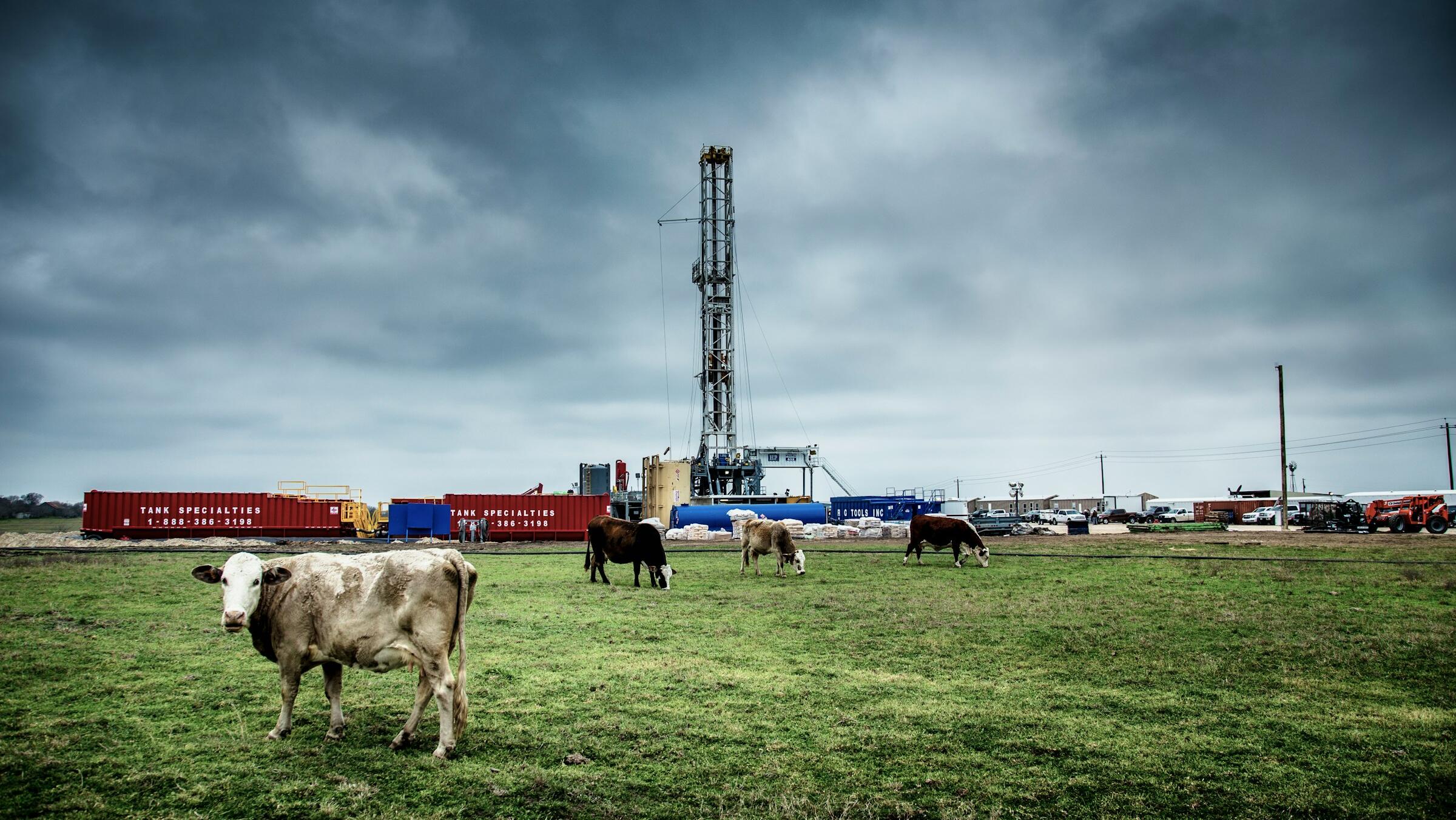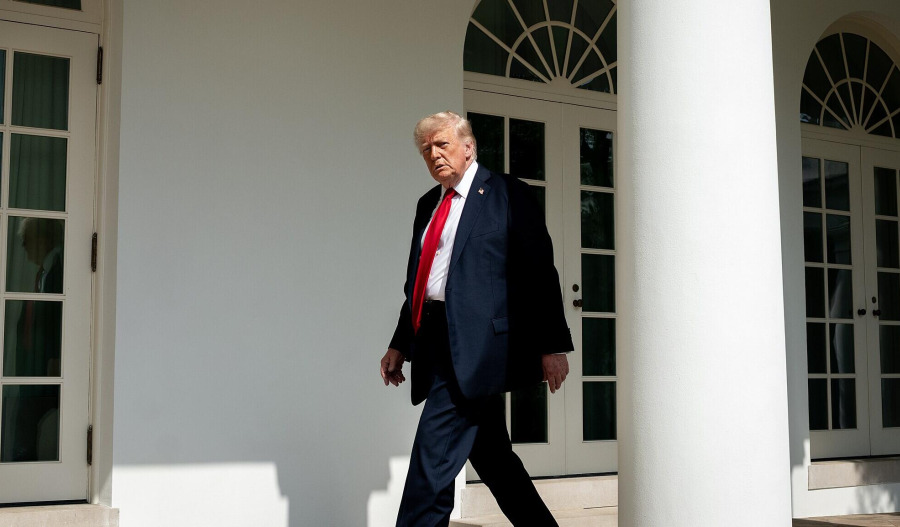Oil prices traded modestly higher during Wednesday’s Asian session, lifted by expectations of sustained demand from the world’s top oil consumers, the United States and China, amid an improving global economic outlook.
By 2:25 pm AEST (4:25 am GMT), Brent crude futures rose by 14 cents, or 0.2%, to US$68.85 per barrel. U.S. West Texas Intermediate (WTI) crude gained 26 cents, or 0.4%, to US$66.78 per barrel.
The gains helped offset losses from the past two sessions, as investors brushed aside concerns over potential supply disruptions stemming from U.S. President Donald Trump’s threat to impose tariffs on Russian oil purchases.
Despite recent volatility, oil prices have remained within a relatively narrow range. While heightened summer travel in the Northern Hemisphere has provided a floor for demand, worries persist that U.S. trade tensions could hamper global growth and, by extension, fuel consumption.
Still, key oil-producing nations remain optimistic. The Organisation of the Petroleum Exporting Countries (OPEC), in its latest monthly report released Tuesday, forecasted stronger global economic growth in the second half of the year, highlighting solid performance from emerging economies including India, China, and Brazil, and noting that both the U.S. and European Union were showing signs of recovery from last year’s slowdown.
In China, recent economic data suggested the economy grew at a slower pace in the second quarter but fared better than market expectations.
Analysts attributed the resilience in part to frontloading activity ahead of anticipated U.S. tariffs, which helped ease fears about a deeper downturn in the world’s largest crude importer.
Combined with signs of steady fuel demand in the U.S., where travel has picked up during the summer months, the data has provided support for the view that oil consumption will remain resilient even amid ongoing geopolitical tensions.
Markets will now look ahead to official inventory data from the U.S. Energy Information Administration (EIA), as well as further signals from major economies regarding trade policy and growth trajectories.



